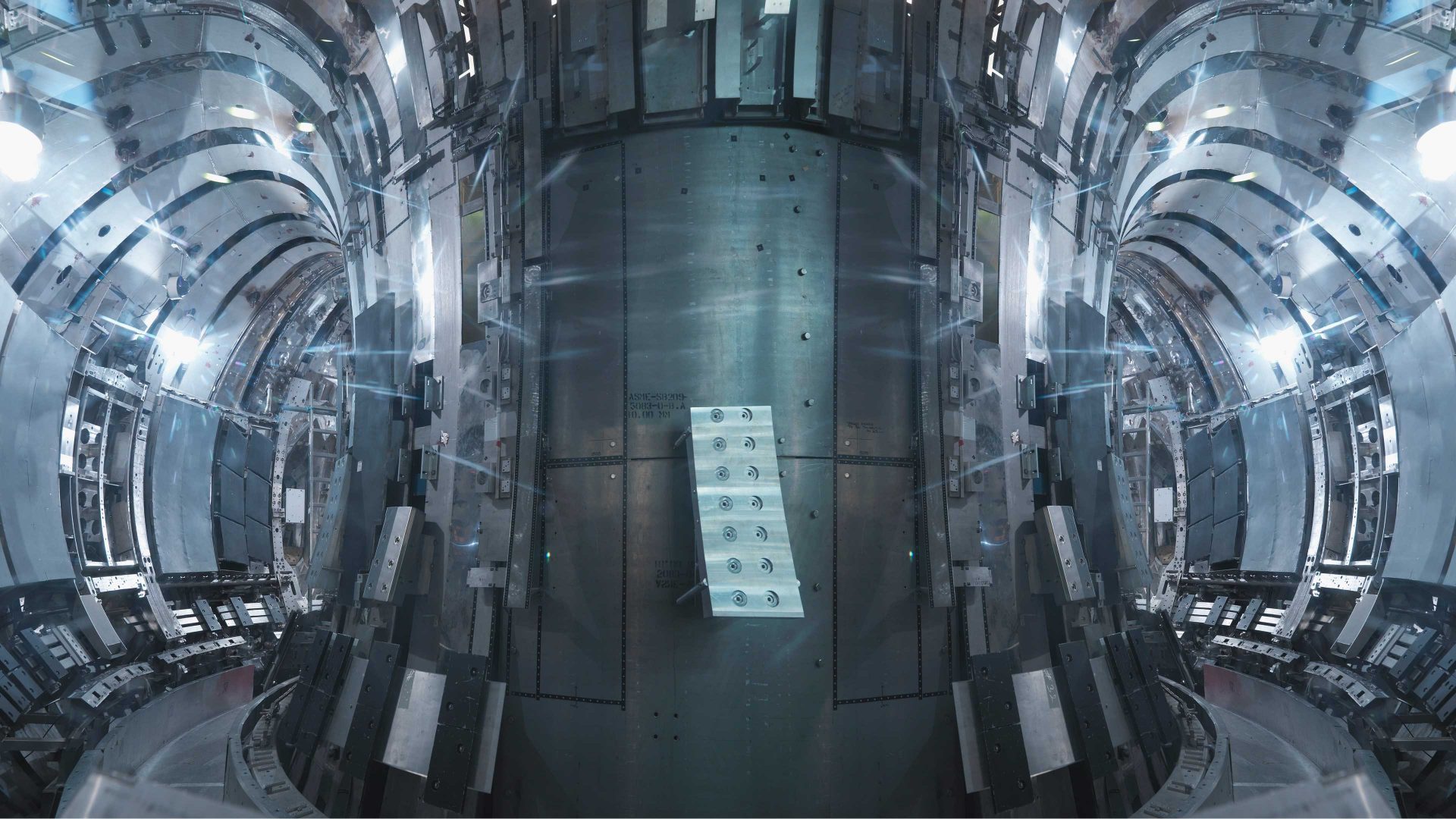For cynics who like to say that nuclear fusion is 30 years away and always will be, the latest delays incurred by the international fusion project called ITER, under construction in southern France, must seem like confirmation.
ITER, begun in 2007 and supported by the EU, the USA, Russia, China, the UK and others, was originally meant to have been up and running by 2020, but the current estimate of 2035 has now been put back another four years. Meanwhile, the projected cost, which began at €5bn but is now at €20bn, has been increased by another €5bn.
So will nuclear fusion as a virtually zero-carbon power source ever arrive?
Nuclear fusion is the process that powers the sun and other stars, whereby the merging of two atomic nuclei (generally of hydrogen, the lightest element) releases enormous amounts of energy. Unlike nuclear fission, the process behind today’s working nuclear reactors, in which the nuclei of very heavy elements such as uranium split apart and liberate energy, fusion generates very little high-level radioactive waste and can be turned off at the flick of a switch. This potentially clean and controllable form of nuclear power could in principle be scaled to different applications, from a massive plant supplying a city to a small reactor to power a ship or factory.
Most efforts to harness fusion attempt to fuse two isotopes of hydrogen: rarer forms called deuterium (D) and tritium (T). Deuterium is a naturally found isotope abundant in water, but tritium undergoes quite rapid radioactive decay and so needs to be made artificially – something that can be done in situ at a fusion plant. D-T fusion has long been demonstrated in prototype reactors, but the challenge is to do it in a way that produces more power than it consumes. That’s the goal ITER, and several other programmes worldwide, are chasing.
ITER uses the most common type of reactor in fusion research, called a tokamak: a doughnut-shaped chamber within which the hot plasma undergoing fusion is held in place with strong magnetic fields. Since the temperature of the plasma can reach many millions of degrees, it’s crucial to keep it away from the walls of the container. Keeping this furious inferno stable is one of the big challenges.
ITER was never planned as a working power source; it is an experimental project aimed at helping scientists and engineers understand and hopefully solve the problems of igniting and sustaining fusion. Several smaller experimental projects have been operating for decades, such as the Joint European Torus at the UK Atomic Energy Authority’s site at Culham, Oxfordshire. But ITER will be on a scale comparable to that expected for a large fusion power plant, capable of continuously generating 500 megawatts.
If, that is, it is ever finished. Some wonder whether the ballooning costs and ever-lengthening delays might force backers to question whether it’s worth it. Others insist that ITER’s work will be critical for making fusion a viable large-scale energy source.
Do these setbacks mean that fusion remains a distant pipe dream? It’s not as bad as that. There are several other nationally funded fusion efforts worldwide, such as the UKAEA’s Step reactor, which is intended as a medium-sized pilot plant for a commercial tokamak. And other fusion technologies are being explored, notably inertial confinement fusion at the National Ignition Facility (NIF) of the Lawrence Livermore National Laboratory in California, which uses high-power lasers to rapidly compress pellets of D-T fuel and trigger a burst of fusion. In the past few years, NIF has passed several key milestones towards making this form of fusion a net source of power, although the path to commercialisation is far less developed than it is for tokamaks.
And fusion is no longer the “big science” preserve of governmental agencies. There are now more than 30 private fusion start-up companies worldwide, working on a wide range of technologies from small tokamaks to rather speculative approaches using different kinds of fuel. Some of these, it’s true, are more hype than reality, but others, such as Commonwealth Fusion Systems (CFS) in Massachusetts and General Fusion (GF) in Canada, are making significant progress. CFS is currently building a prototype in Devens, near Boston, while GF has the go-ahead to build one at Culham.
Fusion is really difficult science and engineering, and it won’t arrive soon enough to solve global warming. But there’s good reason to think it will become a commercial reality in the second half of the century. The problems with ITER are not all so much about fusion per se as about any big project: it becomes a behemoth in danger of being made obsolete by more nimble efforts before it is completed.




